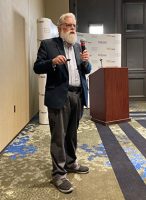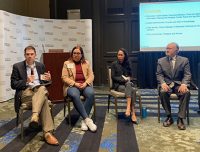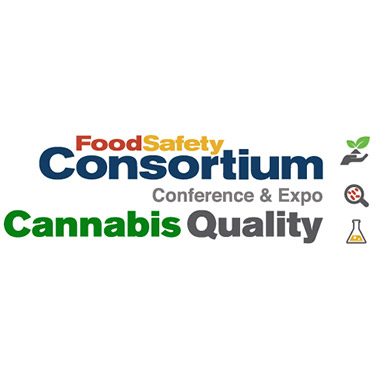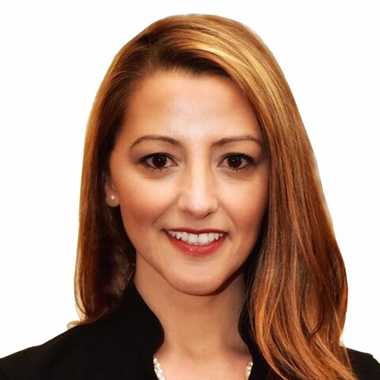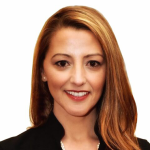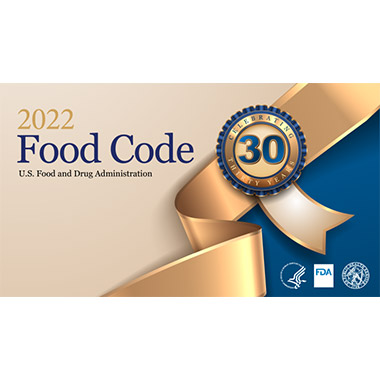Minimizing the risk of contamination is a must if you work in food manufacturing. Accidentally including allergens in your products can cause harm to consumers, undermine your brand image, and lead to hefty lawsuits.
Even major food industry brands like McDonald’s fall foul of food safety laws from time to time. Recently, a man with a dairy allergy was allegedly served cheese in his Big Mac1, resulting in anaphylactic shock. This caused a large lawsuit and could damage the global food giant’s reputation.
You can take steps to stay in line with regulations and best practices by training your staff and implementing proper procedures. This will reduce the risk of human error and help you produce food that is both tasty and safe for consumers.
Food Safety Modernization Act
Most people think of food contamination as a thing of the past. However, 1 in 6 Americans2 fell ill due to foodborne diseases last year. This led to 128,000 hospitalizations and 3,000 deaths. The FDA’s Food Safety Modernization Act (FSMA) seeks to end this issue by bringing food manufacturing standards into the modern age. This means you may need to revise your approach to manufacturing to stay on the right side of changing guidelines. At its core, the FSMA includes:
- Preventive Controls for Human Foods: Since 2015, food manufacturers have been required to produce a food safety plan. This plan should include key details like potential hazards and risk-mitigation strategies that are currently in place.
- Third-Party Accreditation: Receiving a third-party authentication can keep you up to date with changing guidelines. Similarly, only working with suppliers who have been verified via third parties who work to ISO/IEC standards ensures that allergens don’t enter your facility from suppliers.
- Preventing Intentional Adulteration: No employer wants to believe that their employees would intentionally harm consumers — but it does happen. The FSMA ruling against intentional adulteration means that you can seek support from the intelligence community if you suspect that a stakeholder is intentionally contaminating your supply.
These FSMA regulations aren’t exhaustive and should be seen as the bare minimum. You’ll still need to take proactive steps to improve communication on the food plant floor3 and should implement policies like proper labeling to keep contaminants and allergens separated.
Proper Labeling
If you’re producing food for public consumption, you must properly label your food. Failing to declare that allergens may enter a certain product will land you in legal trouble and will put consumers at risk. Rather than risking an allergic reaction, follow FDA labeling guidelines4 which include:
- Clearly labeling the eight major allergens (milk, eggs, fish, Crustacean shellfish, tree nuts, peanuts, wheat, and soybeans).
- Including the source name of foods (for example, the source name of whey is milk, meaning your label should include “whey (milk)”).
- Provide advisory statements like “may contain [allergen]” and “produced in a facility that also uses [allergen].”
- Conduct regular testing and monitoring of products and processes to ensure that allergens have not entered the batch.
Taking these steps minimizes the risk of labeling errors and protects consumers. This is particularly important if you want to produce a product that is specifically allergen-free (for example, gluten-free or dairy-free). Failing to declare ingredients properly puts consumers at risk and will land you in hot legal water.
Segregating Allergens
Managing potential allergens is crucial if you work in a food manufacturing plant that produces multiple products. Failing to properly segregate allergens undermines your labeling system and increases the risk of cross-contamination between workstations.
You can minimize the risk of allergens entering the system by using simulations to improve business processes5. Virtual simulations are capable of generating scenarios that you may not have thought of but are likely to occur. You can also use constructive simulations to visualize what might happen should an allergen make its way into the supply. This is particularly important when onboarding new employees who may not understand the risk that allergens present to the food production process.
You can also use emerging technology to improve production6 and reduce the risk of contamination. For example, as your firm grows, you may want to invest in AI and advanced robotics. Robotics can react quickly to changing demand and are less likely to inadvertently spread allergens throughout your supply. This is particularly important when carrying out repetitive tasks, like filling pre-packaged sandwiches or seasoning foods. Automated robots can take care of these mundane tasks, leaving human workers to focus on more creative tasks.
Some food manufacturers, like Walmart, are also using blockchain technology to trace and track contamination. This can improve your crisis management plan7 and bolster operational resilience. Your crisis management team leader can tap into tech to improve communications and simulate potential breaches. This will help you practice your crisis management plan and will ensure that you’re able to pinpoint errors to learn from in the future.
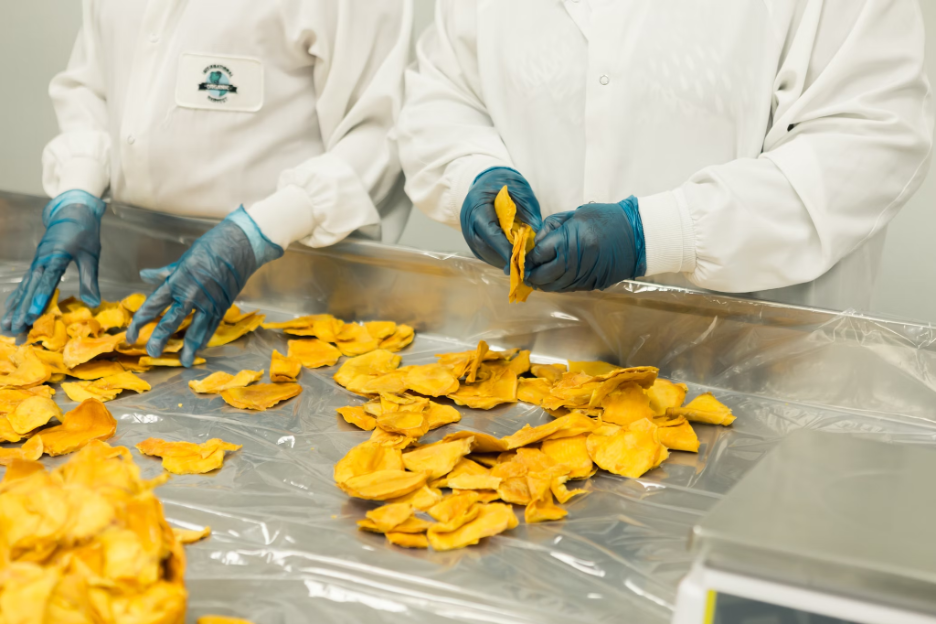
Sanitation Procedures
Regularly sanitizing your workspace is crucial if you want to produce clean, allergen-free goods. This applies to your people, too, who may inadvertently bring allergens in with them when they arrive at work or move between stations.
However, you can’t expect regular handwashing to be enough. Instead, embrace the digital revolution and use data8 to clean up your production line. This will improve reporting and ensure that compliance guidelines are followed at all times. For example, if you suspect that your employees are not washing their hands thoroughly enough, you can use digital products to track employee handwashing and time folks while they apply hot, soapy water.
Digital tracking can also alert you to potentially unclean workstations. For example, if you work in a bakery and typically produce most of your dough before dawn, a digital program can track the contaminants that have entered the workspace in order to produce your bread or baked goods. This will alert you to potential allergen risks and ensure that any workstation that has used an ingredient like gluten is properly sanitized in a timely fashion.
Staff Training
Properly training your employees is key to minimizing contamination risk and staying on the right side of regulatory compliance laws. A proper approach to training will empower employees and help them understand the potential risks involved with food manufacturing.
However, proper training doesn’t mean that you should force your workers to sit through hours of PowerPoint. Instead, train smarter, not harder9 by conducting training that is:
- Legitimate. Before asking folks to engage in further training, ask yourself whether or not you are qualified to speak on the subject. If not, consider bringing in a speaker who is well-respected in the food safety industry.
- Authentic. Build a culture of trust and engagement at your workplace by working with speakers and programs that are accredited and up to date with compliance law. This will convince folks that your speakers are worth listening to and that your training programs are worth completing.
- Engaging. Don’t force your employees to sit through lengthy seminars without an opportunity to engage. Instead, encourage participation by creating engaging training programs that help folks learn skills as they go.
- Simplistic. Food safety can be complex. Cut through this complexity by giving folks simple, actionable steps to take. This will minimize the risk of folks forgetting your policies and will empower employees who want to improve safety at work.
These training principles are well-established in the food production and safety world. Even simple changes, like including a quiz or mock preparation test, will pique people’s interest and ensure that employees are engaged when receiving training. If you fail to run engaging, intelligent training, you put yourself at greater risk of contamination during production.
Conclusion
Following FDA guidelines should keep your consumers safe by minimizing the risk of an allergen entering your workspace. However, you’ll need to go above and beyond minimum requirements if you want to completely eliminate the risk of contamination. Get the ball rolling by embracing the digital revolution and using automation or robotics to handle more mundane tasks. This empowers employees and reduces the risk of human errors during production.
References:
- https://www.nbcnews.com/news/us-news/man-dairy-allergy-sues-mcdonalds-alleging-cheese-big-mac-caused-anaphy-rcna137252
- https://www.fda.gov/food/guidance-regulation-food-and-dietary-supplements/food-safety-modernization-act-fsma
- https://foodsafetytech.com/column/improving-communication-on-the-food-plant-floor/
- https://www.fda.gov/food/food-labeling-nutrition/food-allergies
- https://www.lucidchart.com/blog/business-process-simulation
- https://foodsafetytech.com/column/four-influential-technologies-changing-food-manufacturing/
- https://riskonnect.com/business-continuity-resilience/crisis-management-plan-create/
- https://foodsafetytech.com/column/managing-food-safety-testing-and-sanitation-data-should-be-easier/
- https://foodsafetytech.com/feature_article/train-smarter-not-harder-utilizing-effective-training-to-empower-employees/






